Drivers you meet at EV chargers are generally a friendly bunch and happy to spend time chatting – usually to bemoan the state of the UK’s charging infrastructure.
Once that’s out of their system, such chats often break into an impromptu, good-natured game of Top Trumps.
Drivers of Jaguar, Kia, Polestar and Tesla EVs will all happily compare ranges, charging times, dynamics and prices. It’s all good-natured fun, with drivers really keen to learn about other cars. But I would feel left out, because I never found another EV driver who particularly wanted to know more about my Citroën ë-Berlingo M.
Sure, it would attract plenty of glances when I pulled up to a charger, but more of the incredulous than admiring kind. People might have wanted to know whether it really was electric, but they didn’t really care about its battery or range. Until it happened.
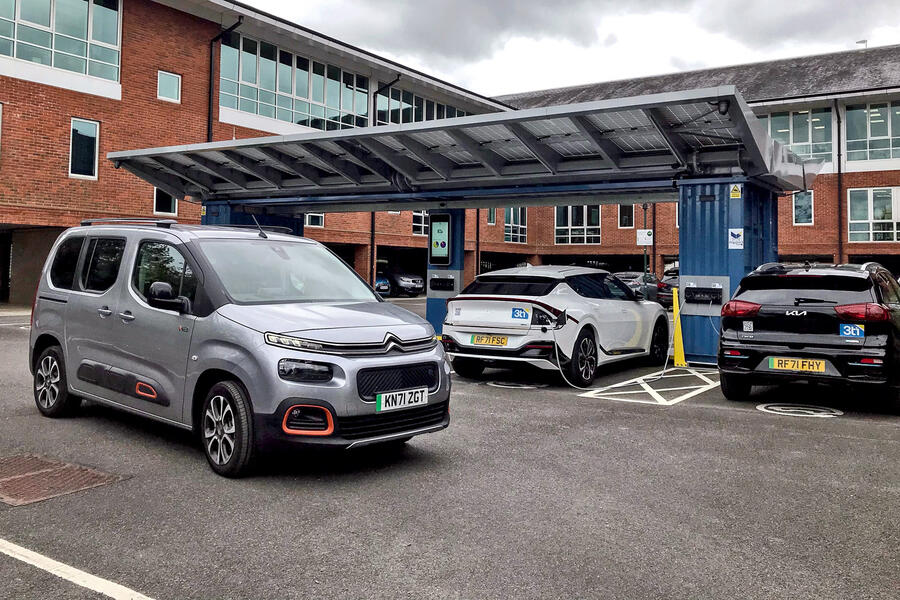
It was at Membury services on the westbound M4, and the lovely couple were heading back to west Wales in their Nissan e-NV200 Combi. They needed the load space of a big MPV, and when they had decided to go electric a few years back, the Nissan, with a 40kWh battery and a 124- mile official range, was their only real option. They regularly visited family near London and knew a stop at Membury for a full charge would just get them home. But with their e-NV200 charging at 22kW (it’s now offered with an optional 50kW fast charger), it was a long fill. Still, they had a flask of coffee, a stash of biscuits and a relaxed attitude.
When checking his charge level, the man glanced over at my ë-Berlingo. First he admired the size and load space. And then… “How big is the battery in that thing?” Boom. I gladly reeled off the Top Trump stats: a 50kWh battery, a 174-mile WLTP range and a 50kW charging rate. His jaw dropped a bit. My pride swelled a bit. And as he recalculated how quickly he could achieve his London to Wales trip in a van-based MPV, so I re-evaluated my perspective on the ë-Berlingo.

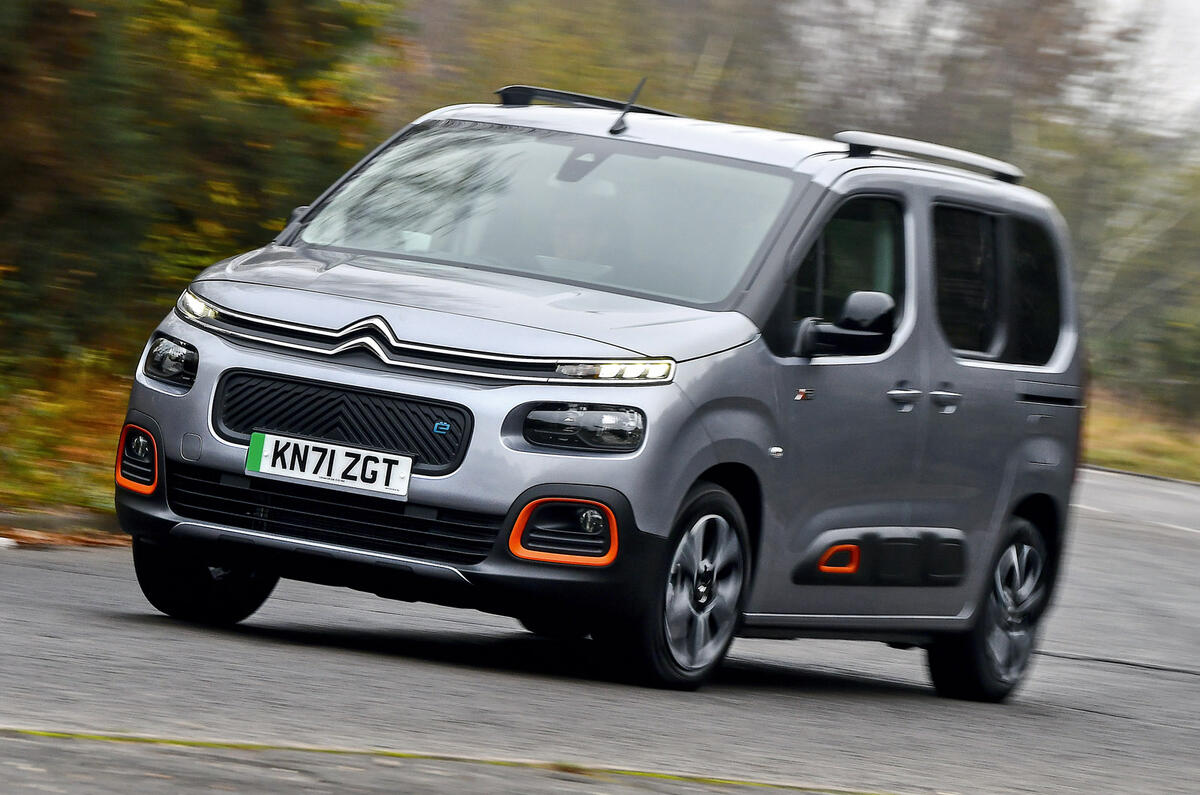

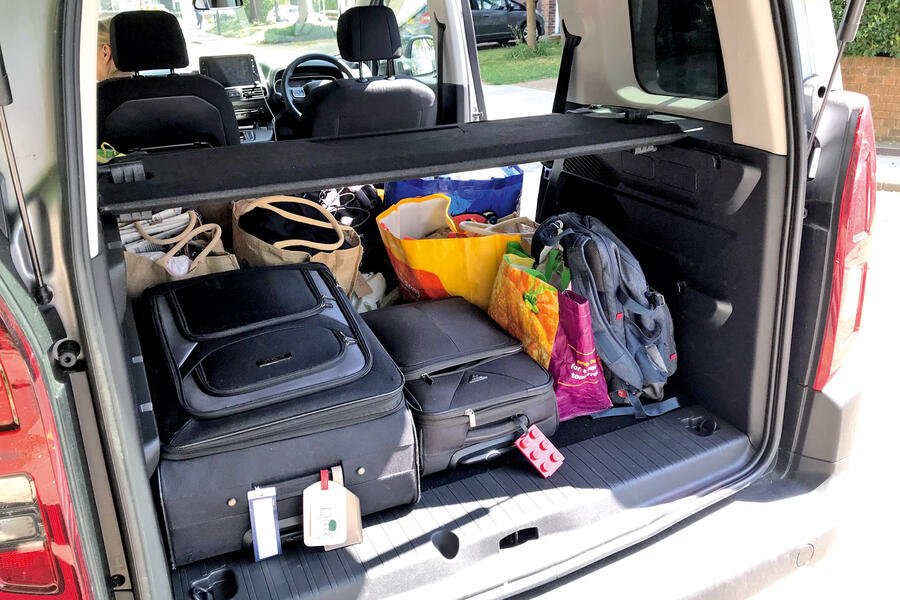
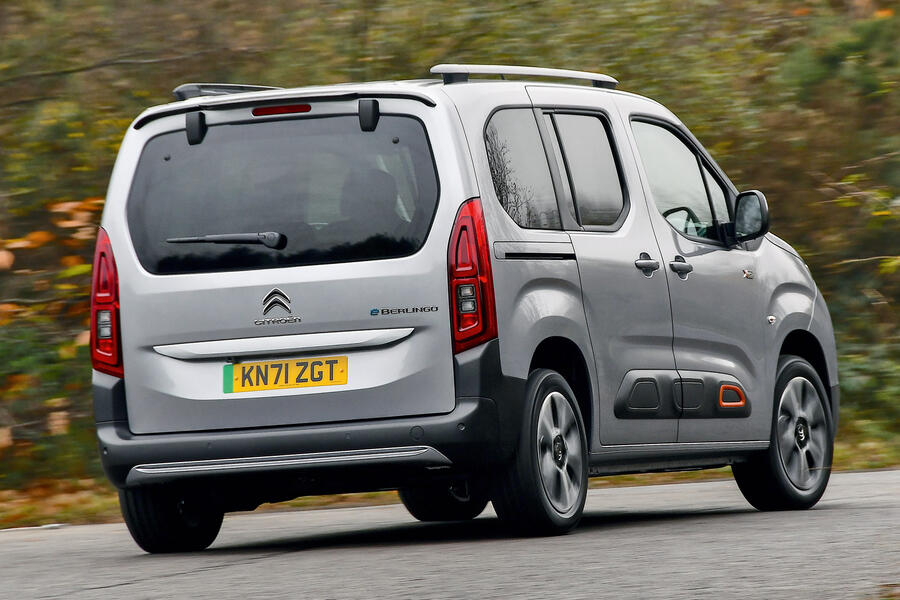

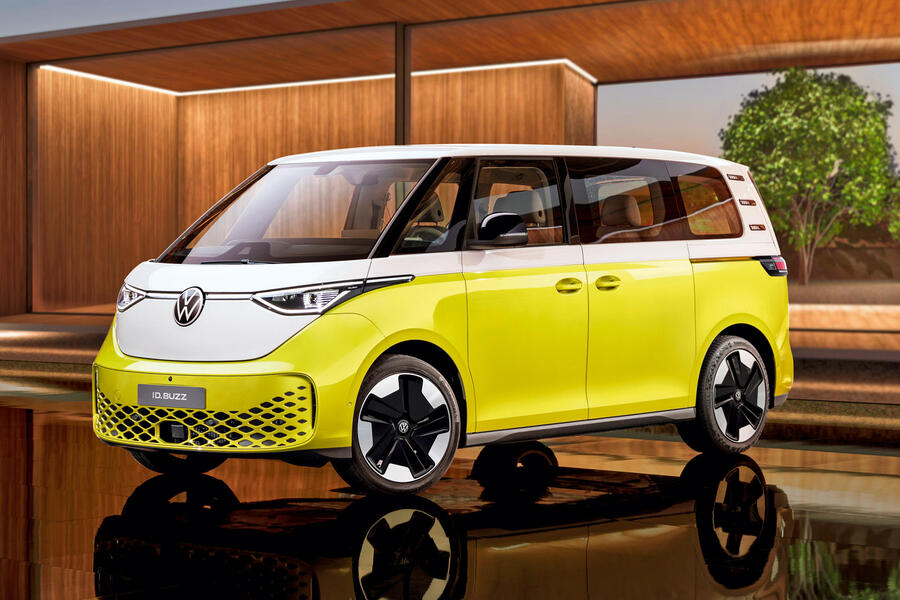
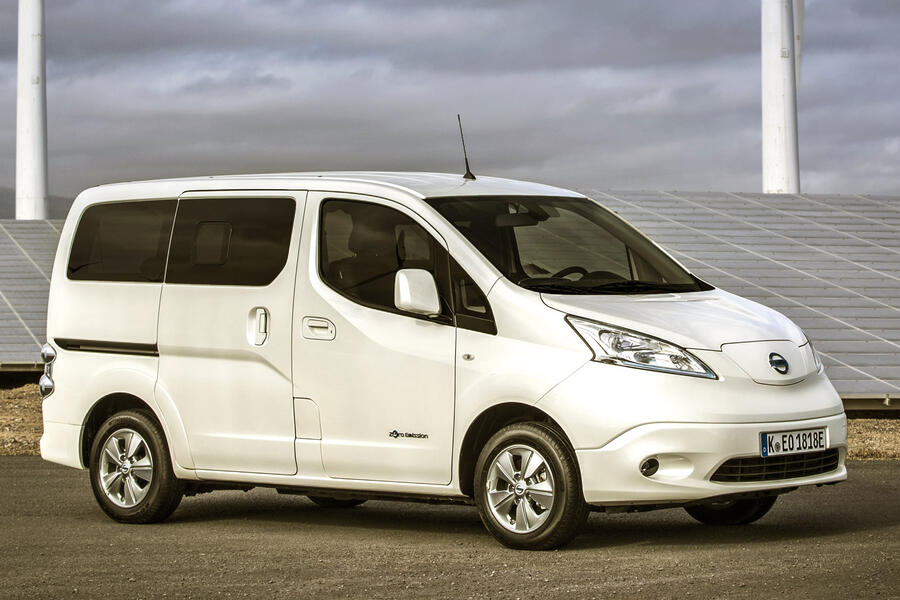
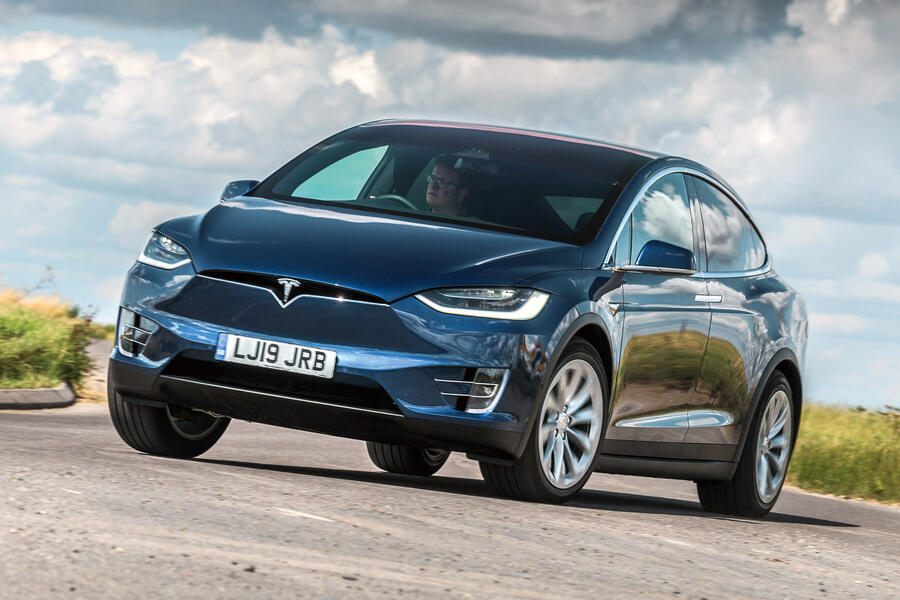
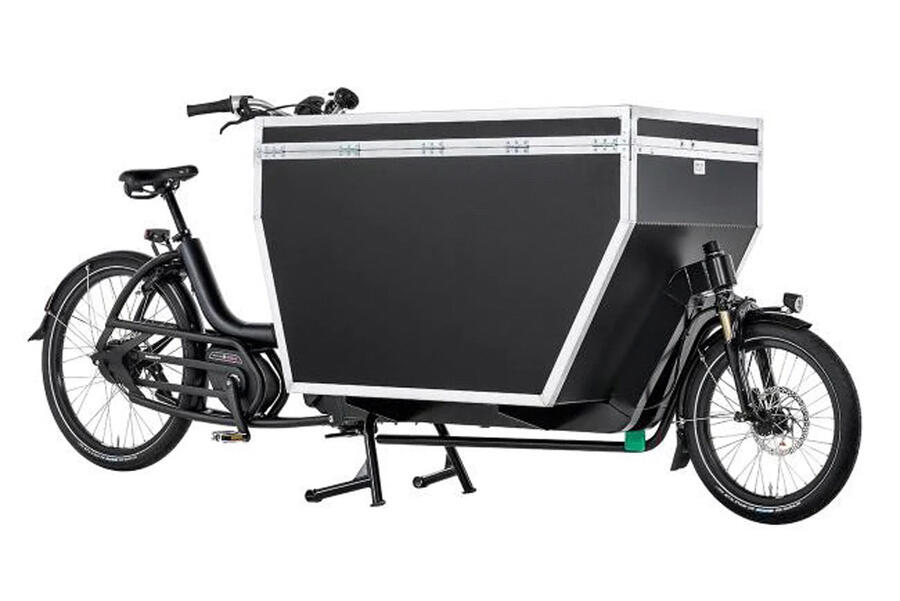

Join the debate
Add your comment
While range-anxiety get covered continuously by the media, i guess in a concerted effort to allay people's fears and get people buy buy buying...not a story on ev costs. Hidden in the Tesla X is this gem: "used examples start at around £56,000, that for a 75kWh Dual Motor from 2016"
The article starts off by saying we shouldnt worry about larger cars going electric, and then goes on to say this thing can only be relied upon to do100 miles between visits to a charger, 130 at best at motorway speeds.
Yesterday i went to the festival of the unexceptional, somewhere the original Berlingo would be very welcome, but it was just over 250 miles round trip. No where to charge up when you get there, so you really need to be able to do that sort of trip on one charge.
I bet i could have done the whole trip quicker in a Morris Minor that an E Berlingo, as no stops would have been needed. Going EV with a tiny battery may be fine for local stuff, but normal day trips would be a thing of the past in EVs as they stand today. What proportion of todays EVs can do a real 250 mile plus motorway trip without having to stop to charge.
If i had to do the journey i did yesterday in an Electric Berlingo i just wouldnt have gone, and that would have been a shame, as there were many fantastic unexceptional cars there, pretty much all of which are more capable of distance travel that a 2022 EV.
I agree. I have done many trips in a friend's Berlingo and its a fantastic car for such things: acres of room, great comfort, visibility and cruising ability and, in diesel form, a prodigious range as well. Trips from the East Midlands to the west coast of Ireland can be done without a fill-up. Just getting to Holyhead would be a worrisome enough experience in an electric one let alone considering what the recharging infrastructure in Ireland is like. In making it just electric, the car has become unfit for the purpose most people would buy it for. I can see the value of late secondhand ICE Berlingos going up substantially.